1)Yuncker, Truman George. Plants of Tonga. No. 220. The Museum, 1959.
2)Barrau, Jacques. Histoire et préhistoire horticoles de l’Océanie tropicale. 1965.
3)Smith, A. C. “Flora vitiensis nova: A new flora of Fiji. Lawai, Kauai, Hawaii.” National Tropical Botanical Garden 2 (1981): 394-395.
4)Brunton, Ron. The abandoned narcotic: kava and cultural instability in Melanesia. No. 69. CUP Archive, 1989.
5)Ambrose, Wal, and A. Pawley. “Manus, mortars and the kava concoction.” Man and a half: Essays in Pacific anthropology and ethnobiology in honour of Ralph Bulmer 48.3 (1991): 461.
6)Singh, Yadhu N., ed. Kava: from ethnology to pharmacology. CRC Press, 2004.
7)Kirch, Patrick V. “The Polynesian outliers: Continuity, change, and replacement.” The Journal of Pacific History 19.4 (1984): 224-238.
8)Morrison, James. Journal de James Morrison, second maître à bord de la «Bounty». Vol. 16. Sociéte des océanistes, 2013.
9)Tomlinson, Matt. “Everything and its opposite: Kava drinking in Fiji.” Anthropological Quarterly 80.4 (2007): 1065-1081.
10)Grattan, Frederick James Henry. An introduction to Samoan custom. MacMillan R (Nz), 1948.
11)Cowling, W. E. “Kava drinking in contemporary Tonga.” Kava: Use and Abuse in Australia and the South Pacific. University of New South Wales (1988): 40-48.
12)Taylor, John P. “Janus and the siren’s call: kava and the articulation of gender and modernity in Vanuatu.” Journal of the Royal Anthropological Institute 16.2 (2010): 279-296.
13)Smith, S. Percy. “Futuna; or, Horne island and its people. Western Pacific.” The Journal of the Polynesian Society 1.1 (1892): 33-52.
14)Van Baal, Jan. Dema. Description and Analysis of Marind-Anim Culture (South New Guinea). Vol. 9. Martinus Nijhoff, 1966.
15)Knauft, Bruce. “Managing sex and anger: tobacco and kava use among the Gebusi of Papua New Guinea.” Drugs in Western Pacific Societies: relations of substance 11 (1987): 73.
16)Christian, Frederick William. “The Caroline Islands.” Scottish Geographical Magazine 15.4 (1899): 169-178.
17)O’Brien, Ilma E. “Missionaries on Ponape: induced social and political change.” Australian National University Historical Journal 8 (1971): 53-64.
18)Steinmetz, E. F. “Piper methysticum (kava).” Famous Drug Plant of the South Sea Islands (1960).
19)Holdsworth, David Keith. Medicinal plants of Papua New Guinea. South Pacific Commission, 1977.
20)Aufenanger, Heinrich, and Georg Höltker. Die Gende in Zentralneuguinea: vom Leben und Denken eines Papua-Stammes im Bismarckgebirge. Vol. 1. Missionsdr. St. Gabriel, 1940.
21)Vienne, Bernard. “Les usages médicinaux de quelques plantes communes de la flore des Iles Banks (Vanuatu).” Cahiers ORSTOM, Série Sciences Humaines 18.4 (1981): 569-589.
22)Lebot, Vincent, and Pierre Cabalion. “Kava peppers of Vanuatu.” (1986).
23)Riesenberg, Saul H. “Native Polity of Ponape.” Smithsonian contributions to anthropology (1968).
24)Kirch, Patrick V. “The Talepakemalai Lapita site and oceanic prehistory.” National Geographic Research 4.3 (1988): 328-342.
25)Sinoto, Yosihiko. “An analysis of Polynesian migrations based on the archaeological assessments.” Journal de la Société des Océanistes 39.76 (1983): 57-67.
26)Garanger, J. O. S. E. (1972). Archeologie des Nouvelles Hebrides, Publications de la Societe des Oceanistes.
27)Hocart, Charles H., Barry Fankhauser, and David W. Buckle. “Chemical archaeology of kava, a potent brew.” Rapid communications in mass spectrometry 7.3 (1993): 219-224.
28)Cook, James, and Archibald Grenfell Price. The explorations of Captain James Cook in the Pacific, as told by selections of his own journals, 1768-1779. Courier Corporation, 1971.
29)Cuzent, G. “Du kawa ou ava de Tahiti (Piper methysticum).” Le Messager de Tahiti (1857).
30)Gobley, Nicolas Théodore. Recherches chimiques sur la racine de kawa. 1860.
31)Nolting, E., and A. Kopp. “Sur la racine de kava.” Moniteur Scientifique 14 (1874): 920-923.
32)Van Veen, A. G. (1939). Isolation and constitution of the narcotic substance from kawa‐kawa,(Piper Methysticum). Recueil des Travaux Chimiques des Pays‐Bas, 58(6), 521-527.
33)Hansel, R. “Characterization and physiological activity of some kawa constituents.” (1968).
34)Torrey, William. Torrey’s Narrative: Or, The Life and Adventures of William Torrey, who… was Held a Captive by the Cannibals of the Marquesas… Press of AJ Wright, 1848.
35)Hocart, Arthur Maurice. Lau Islands, Fiji. No. 62. Bernice P. Bishop Museum, 1929.
36)Lemert, Edwin M. “Secular use of kava in Tonga.” Quarterly Journal of studies on alcohol 28.2 (1967): 328-341.
37)Lewin, Louis. Phantastica: die betäubenden und erregenden Genussmittel; für Ärzte und Nichtärzte/von L. Lewin. 1924.
38)Hofmann, Albert, and Richard Evans Schultes. Plants of the gods: Origins of hallucinogenic use. McGraw-Hill Book Company, 1979.
39)Siegel, Ronald K. Intoxication: Life in pursuit of artificial paradise. EP Dutton, 1989.
40)Meyer, H. J., and R. Kretzschmar. “Kawa pyrone–a new kind of substance group of central muscle relaxants of the mephenesin type.” Klinische Wochenschrift 44.15 (1966): 902-903.
41)Davies, Les P., et al. “Kava pyrones and resin: studies on GABAA, GABAB and benzodiazepine binding sites in rodent brain.” Pharmacology & toxicology 71.2 (1992): 120-126.
42)Chua, Han Chow, et al. “Kavain, the major constituent of the anxiolytic kava extract, potentiates GABAA receptors: functional characteristics and molecular mechanism.” PLoS One 11.6 (2016): e0157700.
43)Dinh, Long Doan, et al. “Interaction of various Piper methysticum cultivars with CNS receptors in vitro.” Planta medica 67.04 (2001): 306-311.
44)Schelosky, L., et al. “Kava and dopamine antagonism.” Journal of neurology, neurosurgery, and psychiatry 58.5 (1995): 639.
45)Schelosky, L., et al. “Kava and dopamine antagonism.” Journal of neurology, neurosurgery, and psychiatry 58.5 (1995): 639.
46)Seitz, Ulrike, Almut Schüle, and Johannes Gleitz. “[3H]-monoamine uptake inhibition properties of kava pyrones.” Planta medica 63.06 (1997): 548-549.
47)Prinsloo, Denise, et al. “Monoamine Oxidase Inhibition by Kavalactones from Kava (Piper Methysticum).” Planta medica 85.14/15 (2019): 1136-1142.
48)Meyer, H. J., and R. Kretzschmar. “Kawa pyrone–a new kind of substance group of central muscle relaxants of the mephenesin type.” Klinische Wochenschrift 44.15 (1966): 902-903.
49)Sarris, Jerome, et al. “Kava for the treatment of generalized anxiety disorder RCT: analysis of adverse reactions, liver function, addiction, and sexual effects.” Phytotherapy Research 27.11 (2013): 1723-1728.
50)Lehmann, E., E. Kinzler, and J. Friedemann. “Efficacy of a special Kava extract (Piper methysticum) in patients with states of anxiety, tension and excitedness of non-mental origin—A double-blind placebo-controlled study of four weeks treatment.” Phytomedicine 3.2 (1996): 113-119.
51)Sarris, Jerome, et al. “The Kava Anxiety Depression Spectrum Study (KADSS): a randomized, placebo-controlled crossover trial using an aqueous extract of Piper methysticum.” Psychopharmacology 205.3 (2009): 399-407.
52)Wheatley, D1. “Kava and valerian in the treatment of stress‐induced insomnia.” Phytotherapy Research 15.6 (2001): 549-551.
53)Lehrl, Siegfried. “Clinical efficacy of kava extract WS® 1490 in sleep disturbances associated with anxiety disorders: Results of a multicenter, randomized, placebo-controlled, double-blind clinical trial.” Journal of affective disorders 78.2 (2004): 101-110.
54)Thompson, Richard, Willibald Ruch, and Rüdiger U. Hasenöhrl. “Enhanced cognitive performance and cheerful mood by standardized extracts of Piper methysticum (Kava‐kava).” Human Psychopharmacology: Clinical and Experimental 19.4 (2004): 243-250.
55)Tzeng, Yew-Min, and Meng-Jen Lee. “Neuroprotective properties of kavalactones.” Neural regeneration research 10.6 (2015): 875.
56)Pedrosa, Elaine Cristina Gurgel Andrade, et al. “Neuroprotective profile of Piper Methysticum (Kava Kava) and its effects on the Central Nervous System: a systematic review.” (2020).
57)Celentano, Antonio, et al. “Kava constituents exert selective anticancer effects in oral squamous cell carcinoma cells in vitro.” Scientific Reports 10.1 (2020): 1-11.
58)Wu, Di, Muraleedharan G. Nair, and David L. DeWitt. “Novel compounds from Piper methysticum Forst (Kava Kava) roots and their effect on cyclooxygenase enzyme.” Journal of agricultural and food chemistry 50.4 (2002): 701-705.
59)Folmer, Florence, et al. “Inhibition of TNFα-induced activation of nuclear factor κB by kava (Piper methysticum) derivatives.” Biochemical pharmacology 71.8 (2006): 1206-1218.
60)Huck, Olivier, et al. “Reduction of articular and systemic inflammation by Kava-241 in a Porphyromonas gingivalis-induced arthritis murine model.” Infection and immunity 86.9 (2018).
61)Xuan, T. D., et al. “Herbicidal and fungicidal activities of lactones in Kava (Piper methysticum).” Journal of agricultural and food chemistry 54.3 (2006): 720-725.
62)Mathews, James M., Amy S. Etheridge, and Sherry R. Black. “Inhibition of human cytochrome P450 activities by kava extract and kavalactones.” Drug Metabolism and Disposition 30.11 (2002): 1153-1157.
63)Tawfiq, Rasha A., et al. “Enhanced efficacy and reduced side effects of diazepam by kava combination.” Journal of advanced research 5.5 (2014): 587-594.
64)Brauer, Robert Bernhard, et al. “Acute liver failure after administration of the herbal tranquilizer Kava-Kava (piper methysticum).” The Journal of clinical psychiatry 64.2 (2003): 216-218.
65)Krum, Bárbara Nunes, et al. “Kava decreases the stereotyped behavior induced by amphetamine in mice.” Journal of Ethnopharmacology 265 (2020): 113293.
66)Jamieson, D. D., et al. “Comparison of the central nervous system activity of the aqueous and lipid extract of kava (Piper methysticum).” Archives internationales de Pharmacodynamie et de Thérapie 301 (1989): 66-80.
67)Nerurkar, Pratibha V., Klaus Dragull, and Chung-Shih Tang. “In vitro toxicity of kava alkaloid, pipermethystine, in HepG2 cells compared to kavalactones.” Toxicological Sciences 79.1 (2004): 106-111.
68)World Health Organization. Assessment of the risk of hepatotoxicity with kava products. WHO Regional Office Europe, 2007.
69)Li, Xuesen, et al. “Dietary feeding of Flavokawain A, a Kava chalcone, exhibits a satisfactory safety profile and its association with enhancement of phase II enzymes in mice.” Toxicology reports 1 (2014): 2-11.
70)Zhou, Ping, et al. “Flavokawain B, the hepatotoxic constituent from kava root, induces GSH‐sensitive oxidative stress through modulation of IKK/NF‐κB and MAPK signaling pathways.” The FASEB Journal 24.12 (2010): 4722-4732.
71)Teschke, Rolf, Samuel X. Qiu, and Vincent Lebot. “Herbal hepatotoxicity by kava: update on pipermethystine, flavokavain B, and mould hepatotoxins as primarily assumed culprits.” Digestive and Liver Disease 43.9 (2011): 676-681.

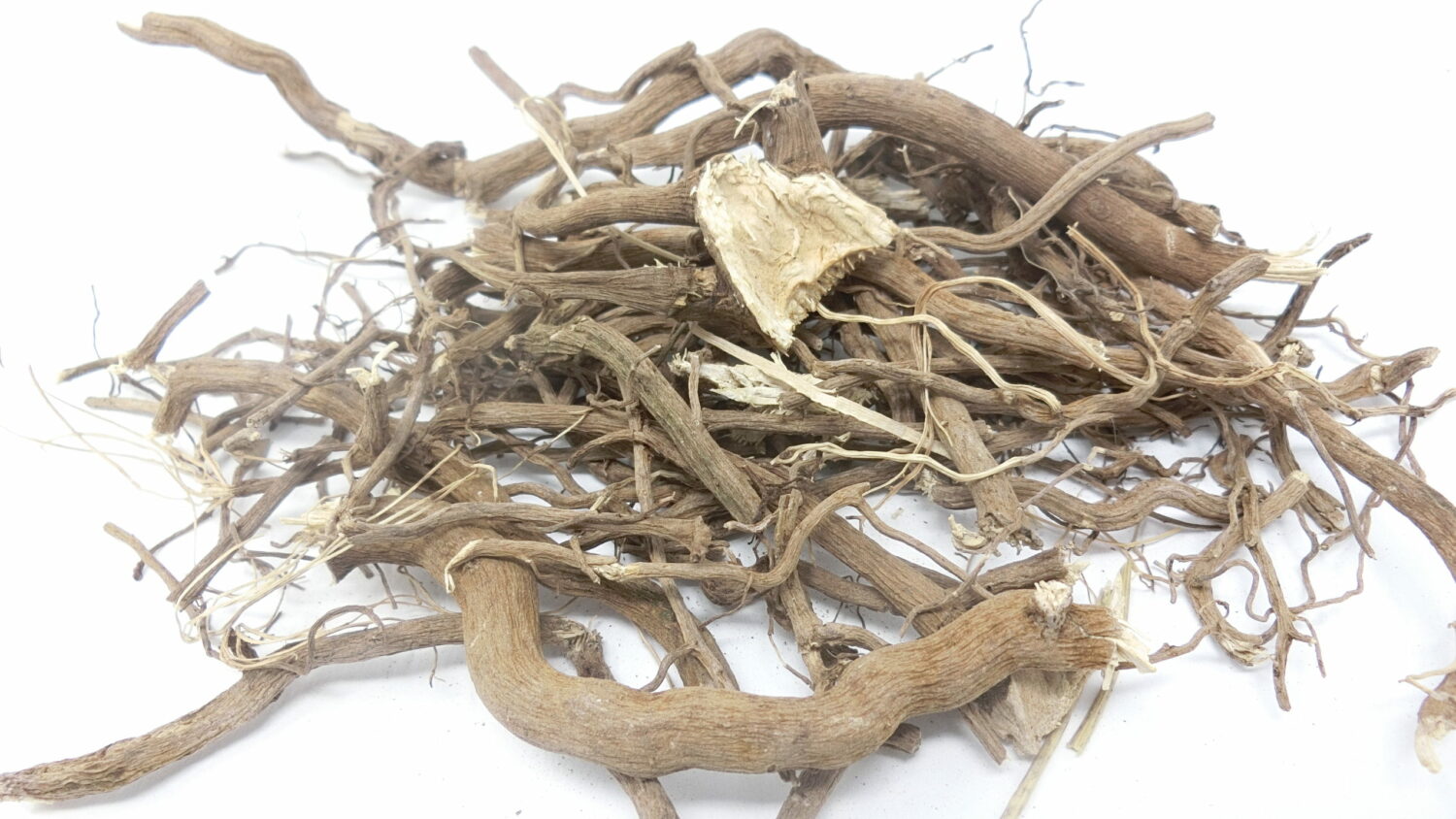
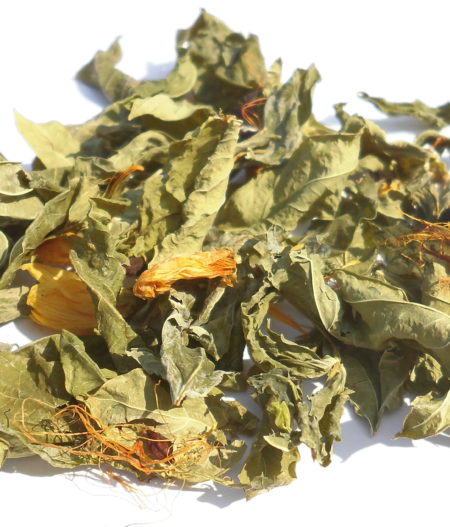
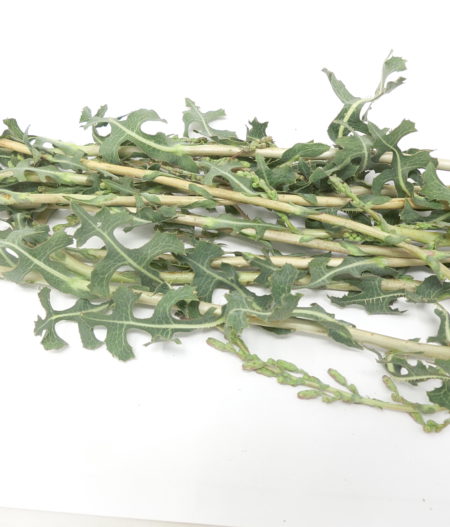
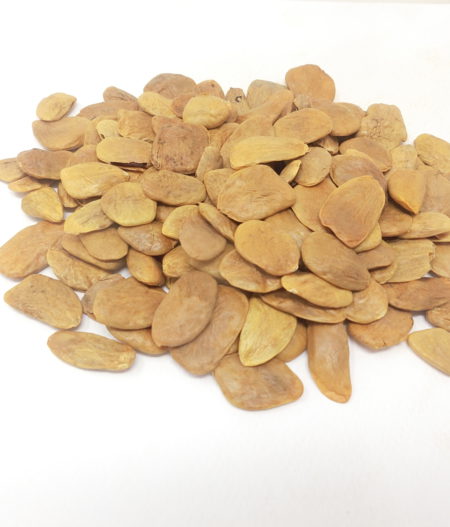
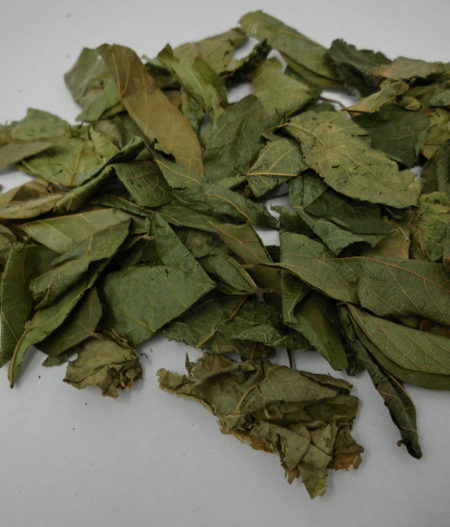
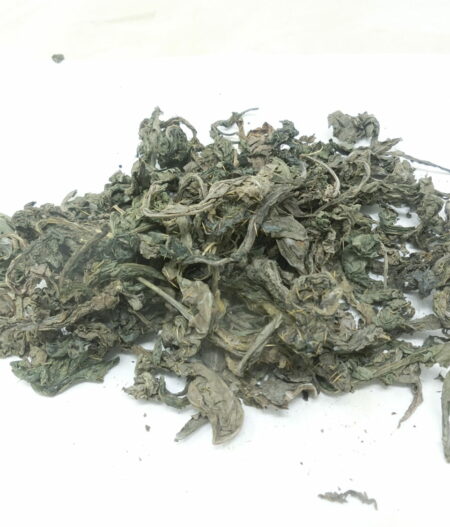
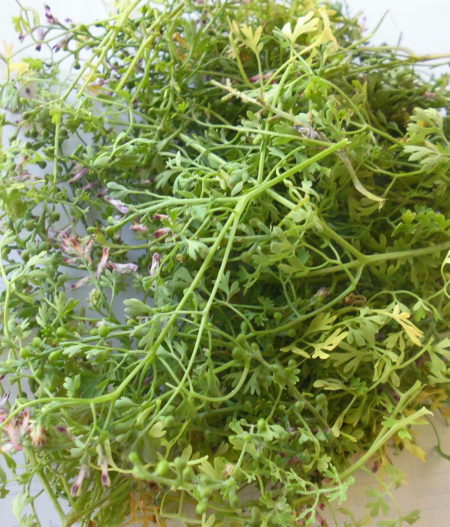
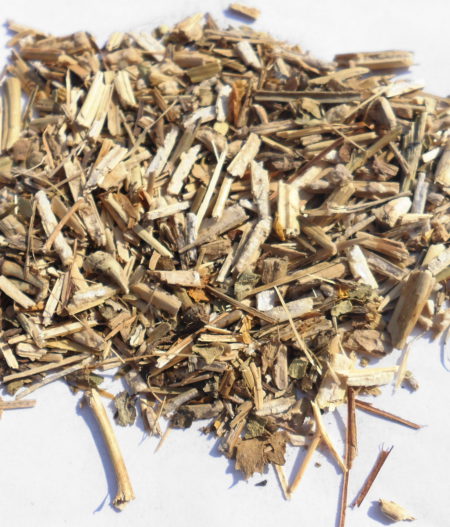
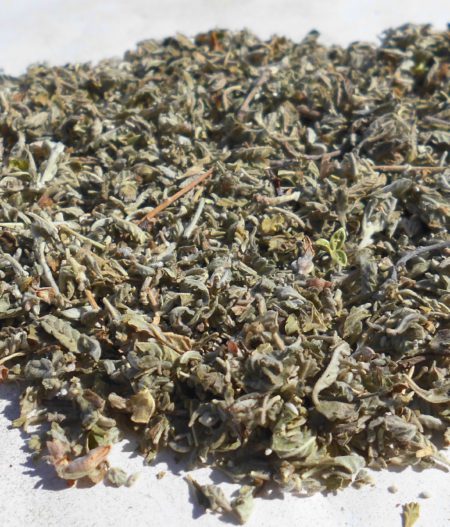
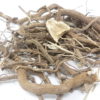
Alessio –
Ottima qualità…aroma fantastico.